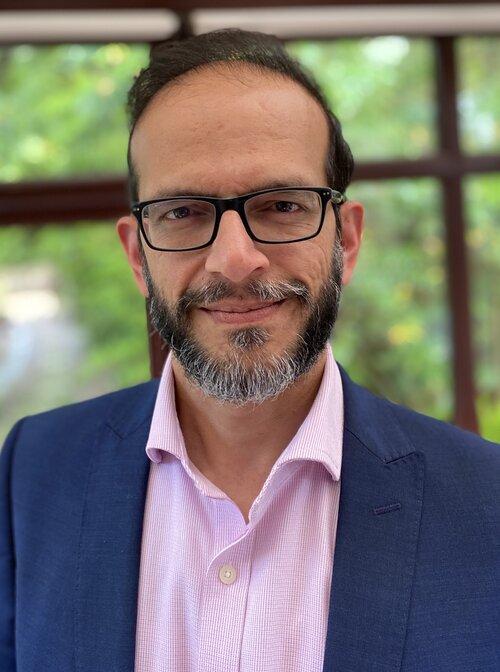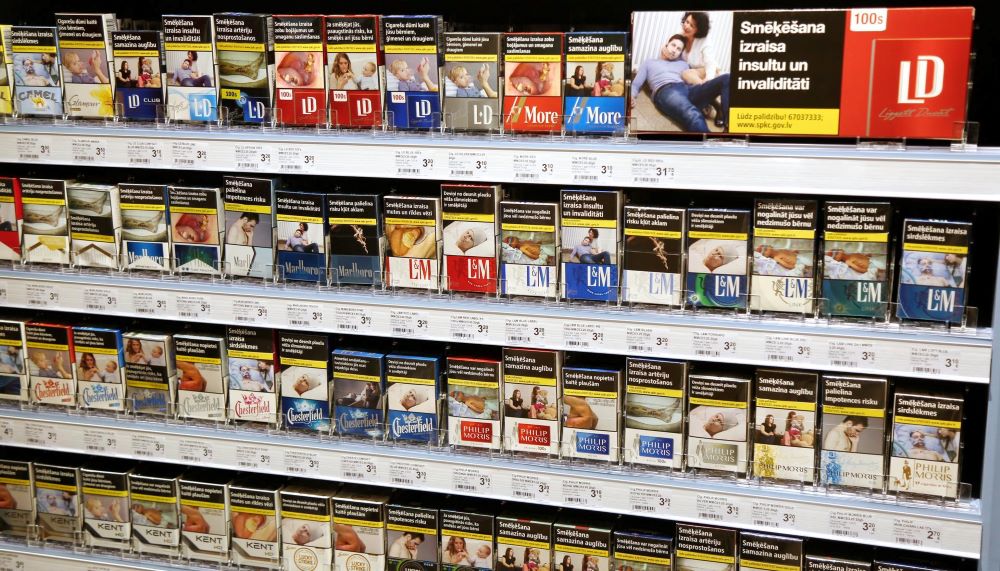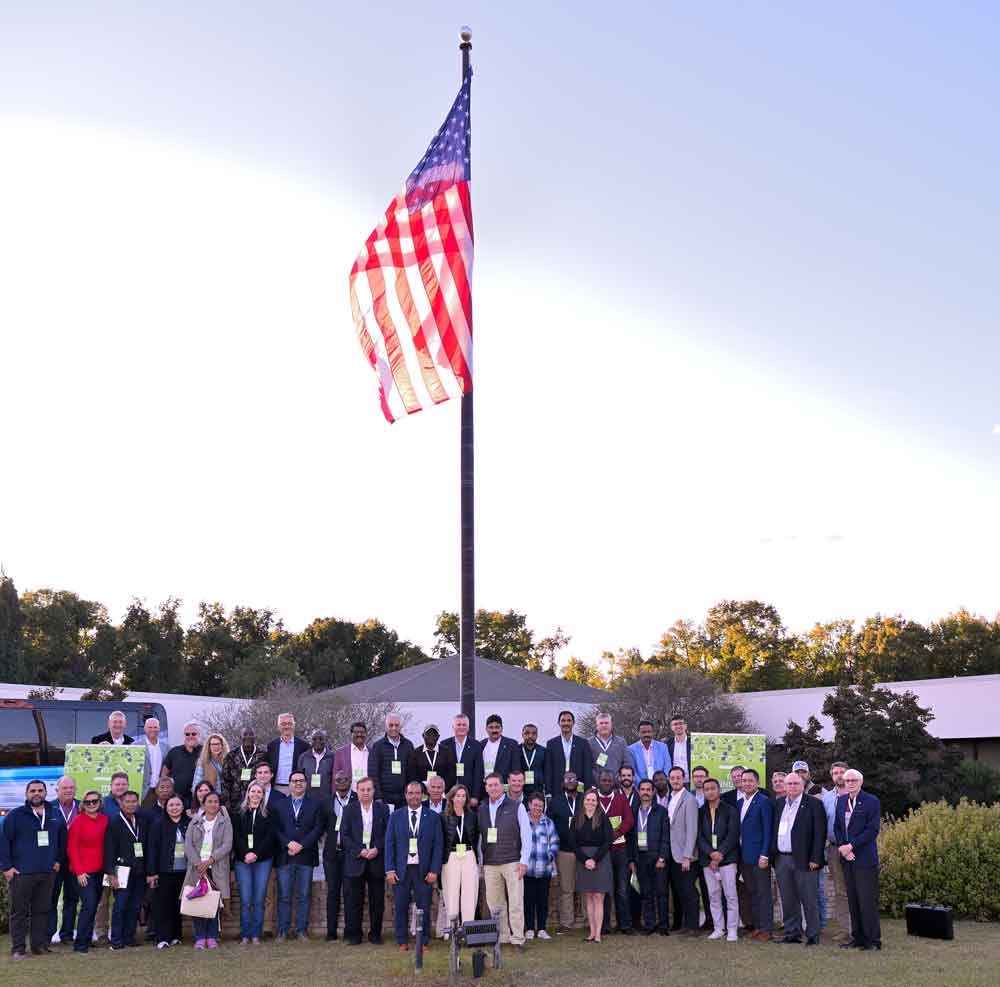
Altria calls for a reset of the regulatory system in a way that supports the needs of adult smokers, enforces the rules for all and prevents underage use.
By Stefanie Rossel
With a new program, U.S. tobacco manufacturer Altria is seeking to enhance its transition toward a smoke-free future in its domestic market: During its third quarter results in late October, the company announced “Optimize and Accelerate,” a multi-phase initiative intended to centralize, streamline and standardize the organization’s processes with the use of artificial intelligence and automation.
Anticipated to be substantially complete in 12 months to 18 months, the plan is expected to deliver at least $600 million in cumulative cost savings over the next five years in its initial phase, which the company intends to invest in its businesses in support of its vision to move beyond smoking and its 2028 enterprise goals. As part of the initiative, Altria plans to establish an accelerated business solutions organization within Altria Client Services, which will be responsible for driving efficiency and process improvement across Altria companies in partnership with external service providers.
Enhancing operating efficiency is vital in a nicotine market where transformation appears to be in full swing. In August this year, cigarette smoking in the U.S. was at its lowest point in 80 years with only 11 percent of adults having smoked a cigarette in the past week, according to Gallup’s annual consumption habits poll. A year-on-year decline of 10.6 percent for Altria’s total cigarette shipment volume and 9.4 percent for its flagship brand Marlboro in the first nine months of 2024 reflected this development. Due to its strong pricing power, though, revenue in Altria’s smokeable products segment declined only by about 3 percent during that period. With net revenues of $15.94 billion during the first nine months of 2024, compared to $16.48 billion during the same period last year, smokeable products remain by far the largest category in Altria’s portfolio.
Making Progress
As combustible products lose popularity in the U.S., the market for reduced-risk products continues to grow. At the end of the third quarter, Altria estimated the e-vapor category to include about 19 million adult vapers, up 2.5 million versus a year ago. Altria is well positioned for the category: Through its subsidiary Njoy, the company was the first and is still the only manufacturer to have received marketing granted orders (MGOs) for menthol-flavored vape products. In June, the U.S. Food and Drug Administration authorized two menthol-flavored pods for Njoy’s Ace closed e-cigarette device, which was authorized in April 2022, and two disposable e-cigarettes, Njoy Daily Menthol 4.5 percent and Njoy Daily Extra Menthol 2.4 percent, through its premarket tobacco product application (PMTA) pathway.
Consequently, Njoy consumables shipment volume grew more than 15 percent to 10.4 million units in the third quarter. Consumables shipment volume for the first nine months was approximately 34 million units. Njoy device shipment volume for the quarter nearly tripled versus the prior year to 1.1 million units and was 3.9 million units for the first nine months.
“We remain excited about Njoy and its potential as a competitive alternative with both smokers and vapers,” commented Altria’s CEO, Billy Gifford, during the third-quarter earnings report. “This year, Njoy has focused on enhancing trial generation, distribution, visibility at retail and connections with consumers. As a result of these efforts, we’ve seen encouraging repeat purchase data, growing customer loyalty and strong share momentum.
In the third quarter, Njoy pulled back on certain retail promotional offers to better understand consumer retention and underlying demand. Initial retention results were promising. In the retail accounts where Njoy conducted tests, the promotion drove increased volume by approximately 85 percent compared to the pre-promotion period, and Njoy retained more than half of that volume growth following the promotional period. We believe these results reflect consumer interest in Njoy and their satisfaction after trying the brand, and Njoy plans to continue testing trial-focused investments with a view toward long-term profitability.”
According to the company, Njoy’s third-quarter retail share of consumables was 6.2 share points, up 2.8 share points versus the year’s period and 0.8 share points sequentially.
Despite these promising figures, competing in the U.S. vape market remains a challenge for authorized brands. The country has a massive and growing illegal vape market, which reportedly accounts for 60 percent of total sales. “While Njoy’s results are encouraging in the context of the broader e-vapor category, category growth continues to be driven by the proliferation of illicit disposable products,” Gifford specified. “Over the last year, the number of vapers using illicit product grew by approximately 45 percent to 12.4 million vapers while pod vapers declined by more than 20 percent to 2.7 million. While we believe the growth in e-vapor is a proof of concept for tobacco harm reduction, there are too few FDA-authorized products in the market, and FDA enforcement is inadequate.”
Fighting Illegal Products
The FDA’s market authorization process is notoriously slow—of the 26.6 million applications the agency received between October 2019 and March 2024, the agency agreed to review roughly 1.2 million, of which it granted MGOs for 30 products, which corresponds to 0.001 percent of new product applications. Until last year, the FDA’s primary enforcement tool was a warning letter to manufacturers, importers, distributors and retailers. Recently, there has been more activity: In June, the Department of Justice announced the creation of a federal multiagency task force with the FDA and other agencies to combat the illicit distribution and sale of e-cigarettes.
Gifford sees some recent positive developments. “This summer, the FDA, jointly with U.S. Customs and Border Protection, seized more than 50,000 unauthorized vapor products from China at the Chicago port of entry. In August, the FDA issued a proposed rule requiring all imported vapor products to include a PMTA submission tracking number; closing this loophole is something for which we have long advocated. We’ve provided our comments in support of this rule and encouraged additional actions, such as extending it to cover nicotine pouch products.”
In October, the federal task force announced a joint seizure of unauthorized e-vapor products valued at $76 million. “A strong course correction is needed to protect the harm reduction opportunity for the 30 million adult smokers in the U.S., and moving forward, we hope to see more meaningful enforcement action.”
In addition, 12 U.S. states have enacted vape product registry bills to compensate for meek federal enforcement, with Louisiana being one of the first. “We support legislation in the states to require manufacturers to certify that they are in compliance with federal law to be allowed to sell in that state,” an Altria spokesperson commented to Tobacco Reporter. “While still early, we believe Louisiana’s enforcement efforts illustrate the effectiveness of a state directory in reducing illicit e-vapor products in the marketplace.” For example, in Louisiana, manufacturers supply documents, such as the cover page of a PMTA with evidence of support.
At its 2024 CAGNY conference, the company presented data showing that the shipment volume for illegal disposable products in the state declined to almost zero within six months of implementation of the registry bill. It should be noted, though, that in Louisiana, the registry bill tracks wholesale and retail but not vape stores, e-commerce or smaller independent “bodegas,” the channels where most illicit trade is suspected to take place.
Increase in Illicit Pouches
With the FDA’s slow progress in authorizing novel tobacco products, Altria is worried that the modern oral nicotine products category in the U.S., in which its brand On! held an 8.9 percent market share in the third quarter of 2024, could suffer the same fate as the vape segment.
In the company’s view, the illicit market for nicotine pouches is echoing the beginning of the illicit e-vapor market several years ago. “Unfortunately, and similar to e-vapor, we’ve identified more than 1,000 illicit nicotine pouch SKUs at retail and online,” Gifford said during the most recent earnings report. “Many of these are synthetic nicotine pouch products, which are an emerging issue. According to federal law, it is illegal to sell or distribute a synthetic nicotine product in the United States that has not received a market granted order from the FDA by July 2022. To date, the FDA has not authorized any synthetic nicotine pouch products. Despite the clarity of the statute, the FDA’s refusal to enforce the law is causing confusion among legitimate manufacturers, and we call on the agency to clarify its enforcement posture on synthetic products.”








































